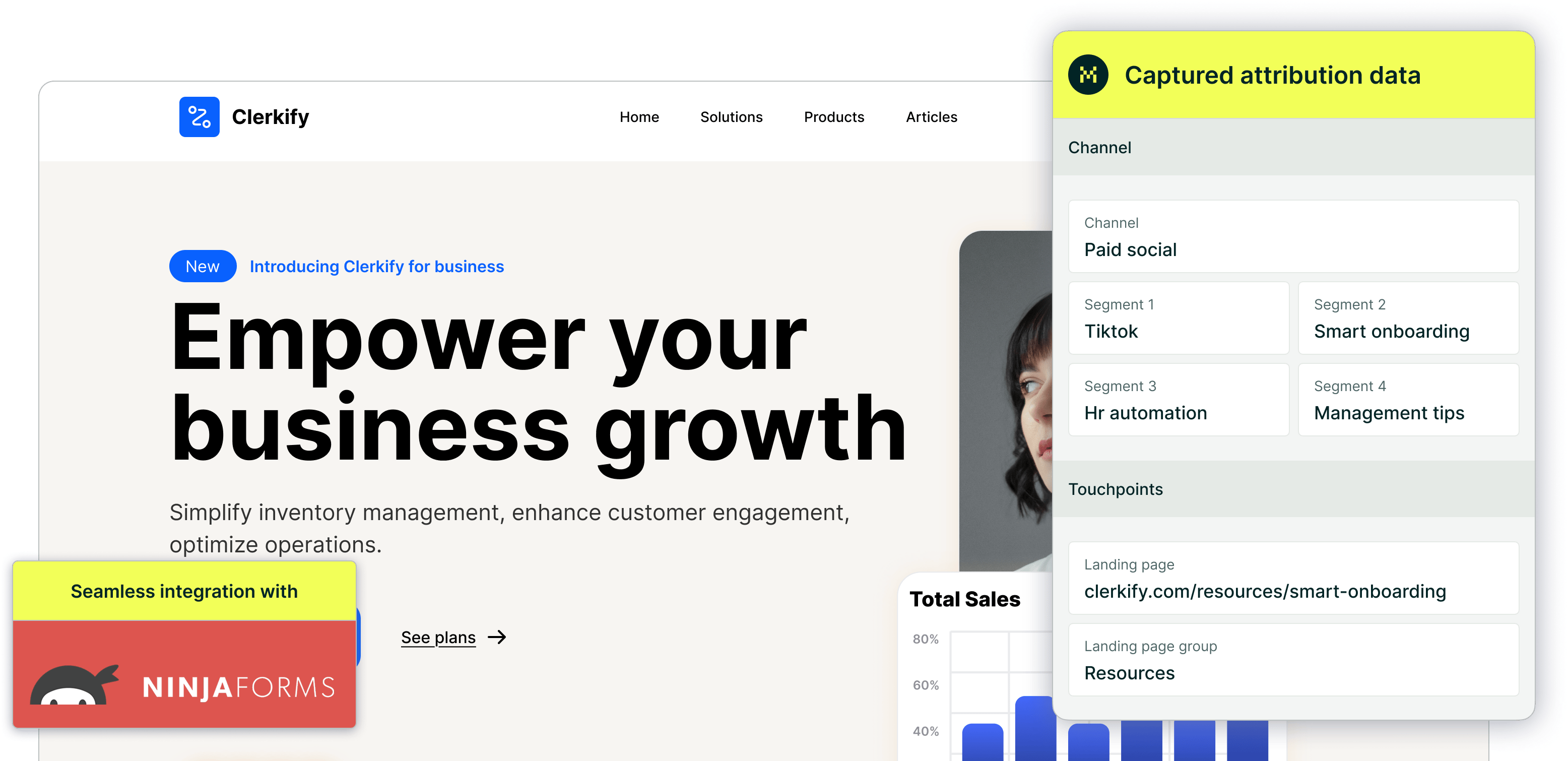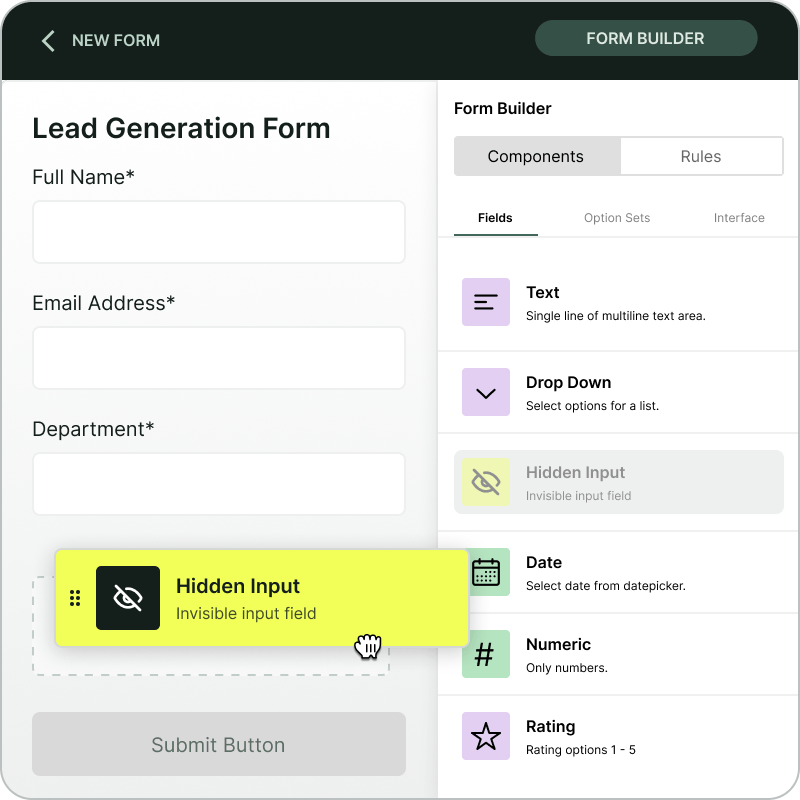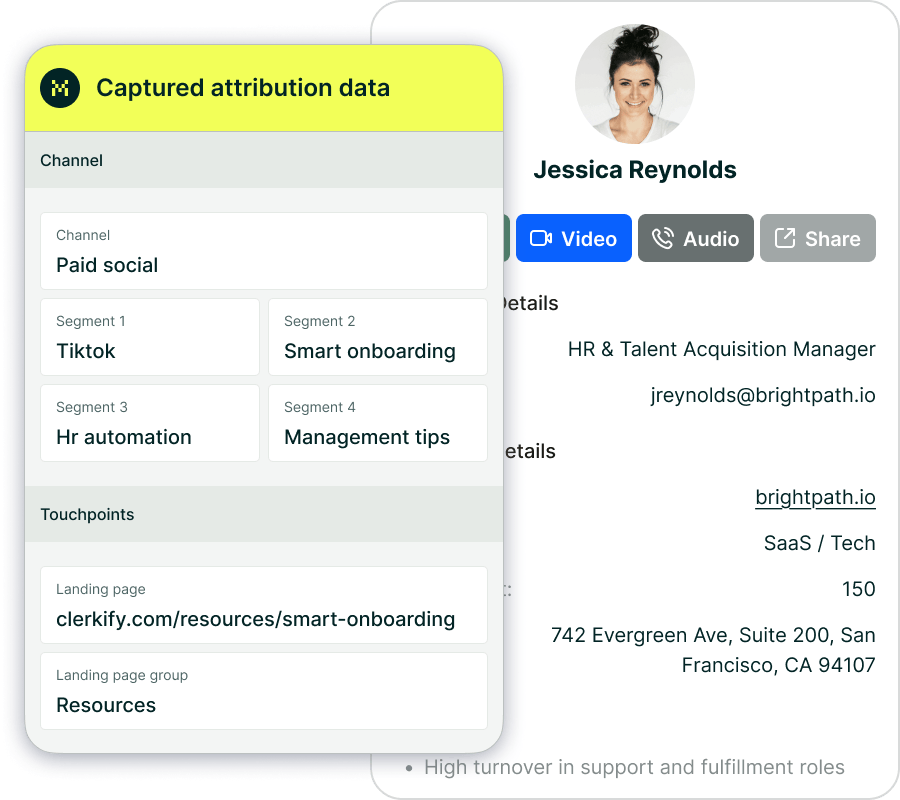Madlitics cookie lifespan


When a visitor lands on your website, Madlitics immediately analyzes where they came from—whether it’s an ad, a search result, or a social media link. This information, along with any UTM parameters attached to the URL, is stored in a cookie within the visitor’s browser. These cookies help ensure that when the visitor later fills out a form, Madlitics can pass the correct attribution data into your CRM or form tool.
But what happens after that initial visit? If the visitor doesn’t convert right away and instead returns days, weeks, or even months later, how does Madlitics know where they originally came from? That’s where cookie expiry time comes in.
How long does madlitics store visitor data?
By default, Madlitics sets its cookies to expire after 365 days. That means when a visitor first arrives on your site, their original source (like "Paid Search," "Organic Social," or "Email") will remain stored in their browser for an entire year. If that visitor returns within that timeframe and submits a form, Madlitics will still use the data from their first visit.
This ensures that even if a lead takes months to convert, your attribution remains accurate. No matter how many times they come back, the data from their first visit will persist—unless they clear their cookies or use a different device.
Why first-touch attribution matters
Madlitics relies on first-touch attribution, meaning it tracks and attributes leads based on the very first way they discovered your site. This helps businesses understand which marketing efforts are truly responsible for bringing in new prospects. If cookies expired too quickly, businesses would risk losing valuable attribution data for long sales cycles.
For example, if someone clicks on a LinkedIn ad today but doesn’t fill out a form until six months later, Madlitics will still recognize that their first interaction came from Paid Social — not from a direct visit or an unrelated marketing effort.
Can I customize the cookie expiry period?
While the default expiration period is set to 365 days, we understand that different businesses have different needs. If you’d like to adjust the cookie lifespan — whether to shorten it for compliance reasons or extend it to track long-term sales cycles — just let us know.

https://yoursite.com/?utm_source=linkedin&utm_medium=paidsocial&utm_campaign=q1_promo

Madlitics is designed to give you accurate, long-term attribution so you can confidently track where your leads are coming from. With a default cookie expiry of one year, you won’t lose valuable data, even if leads take months to convert. And if you ever need to customize how long Madlitics stores visitor data, we’re happy to help.



